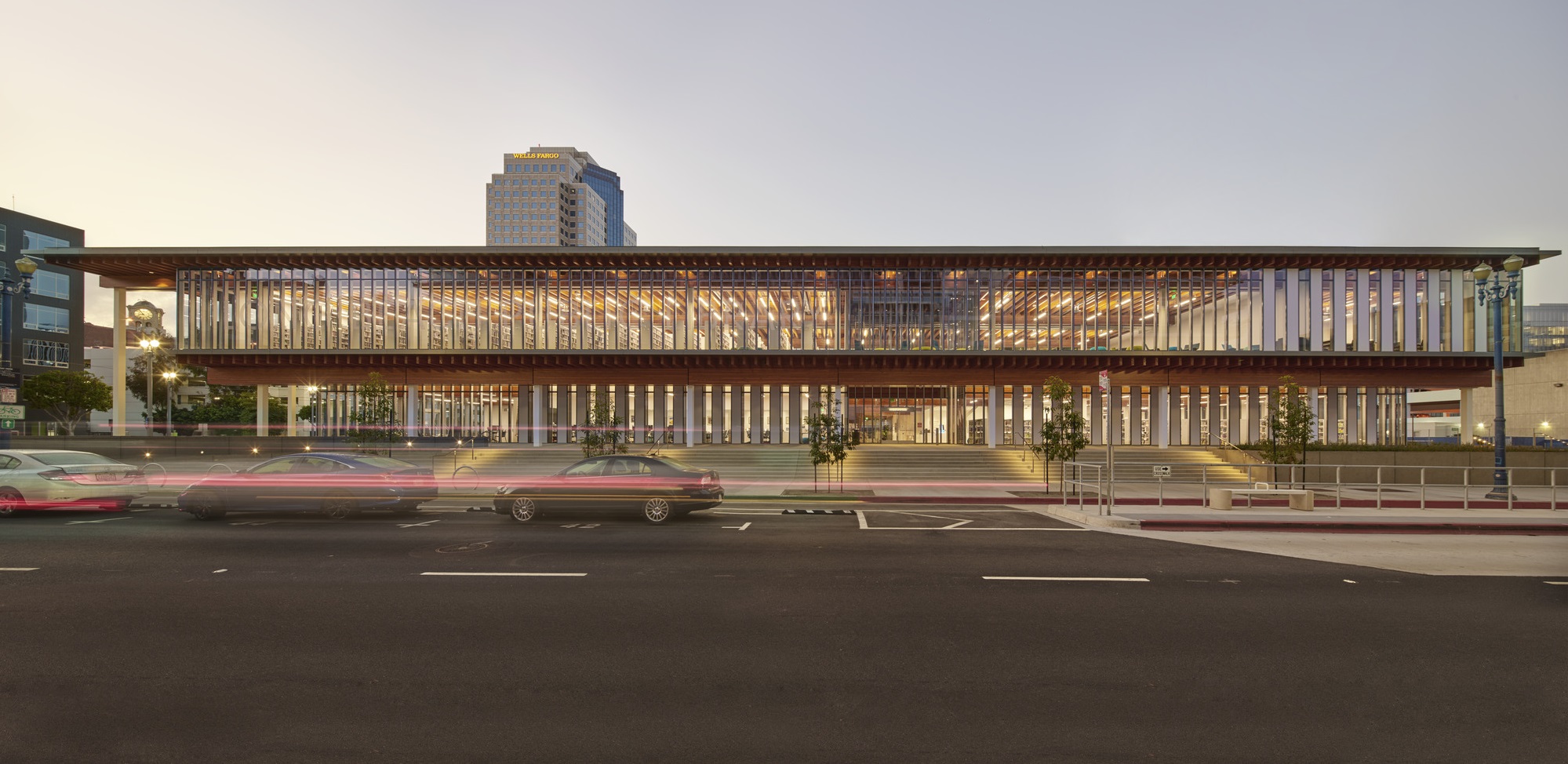Architects: Want to have your project featured? Showcase your work through Architizer and sign up for our inspirational newsletters.
High Tech as an architectural style originated in the 1960s and really caught steam in the 1970s. Heavily oriented towards structural expressionism and designing for adaptability, proponents of this particular architecture embraced new techniques for design and engineering. The pioneering designers behind High Tech architecture sought to create innovative and flexible interior spaces and reveled in lightweight materials, among other things. At the time of its birth, steel, aluminum, glass and concrete were central materials for the style’s development, contributing to the consistent look of High Tech architecture.
One of the best-known and nearly manifesto-like buildings of the style is the Centre Pompidou (1977) in Paris. The design team was led by two of the prominent advocates for High Tech: Richard Rogers and Renzo Piano, who later set up their own firm respectively and continued to produce works of the style. Later, Michael and Patty Hopkins developed a new, more paradoxical branch of the style known as “historicist high-tech.” As technologies continue expanding the parameters of design and construction, those who used to work with the classic metallic look of High Tech from the 1970s are also updating their designs. The following collection traces the maturation of High Tech architecture in the more recent past and present, tracing the evolution of Foster, Piano and Hopkins’ mature careers.
Foster + Partners
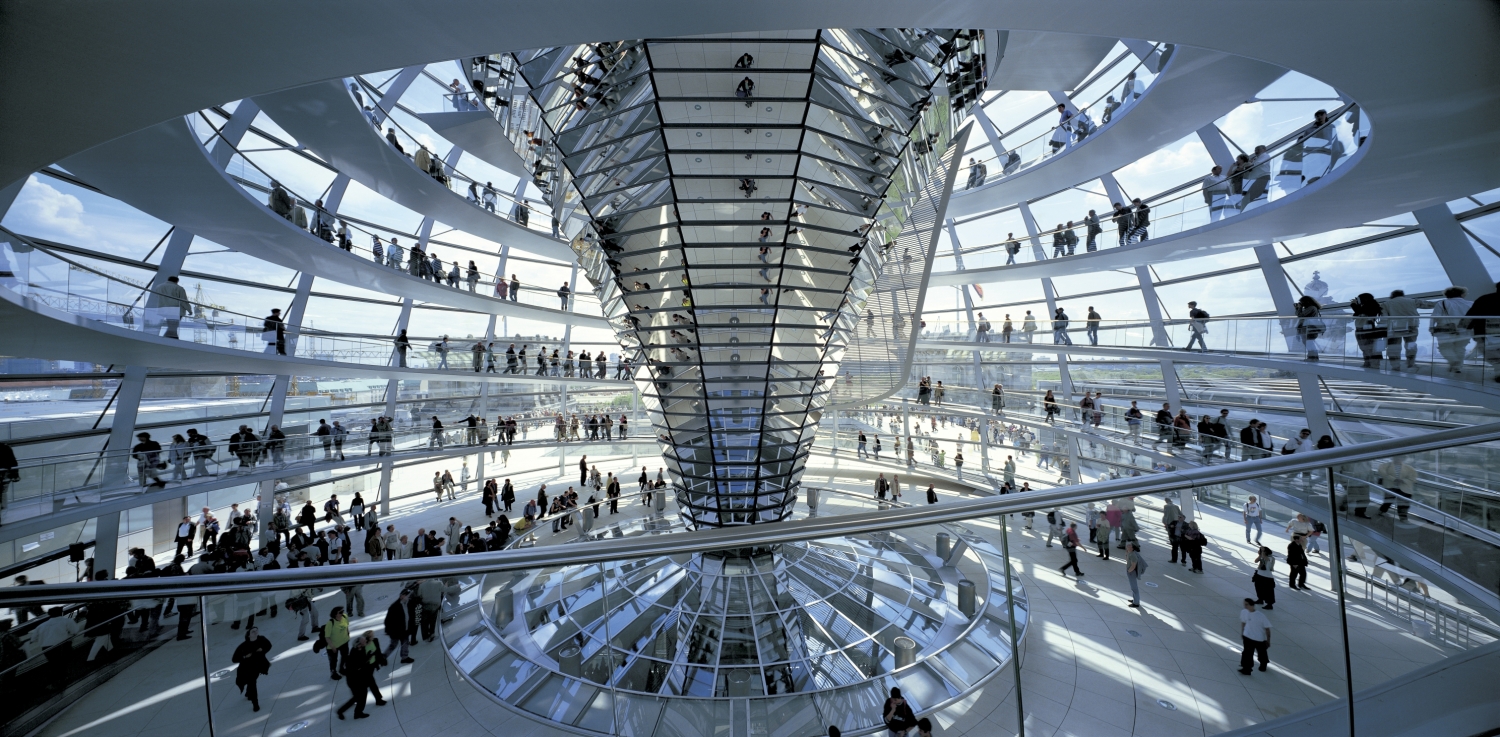
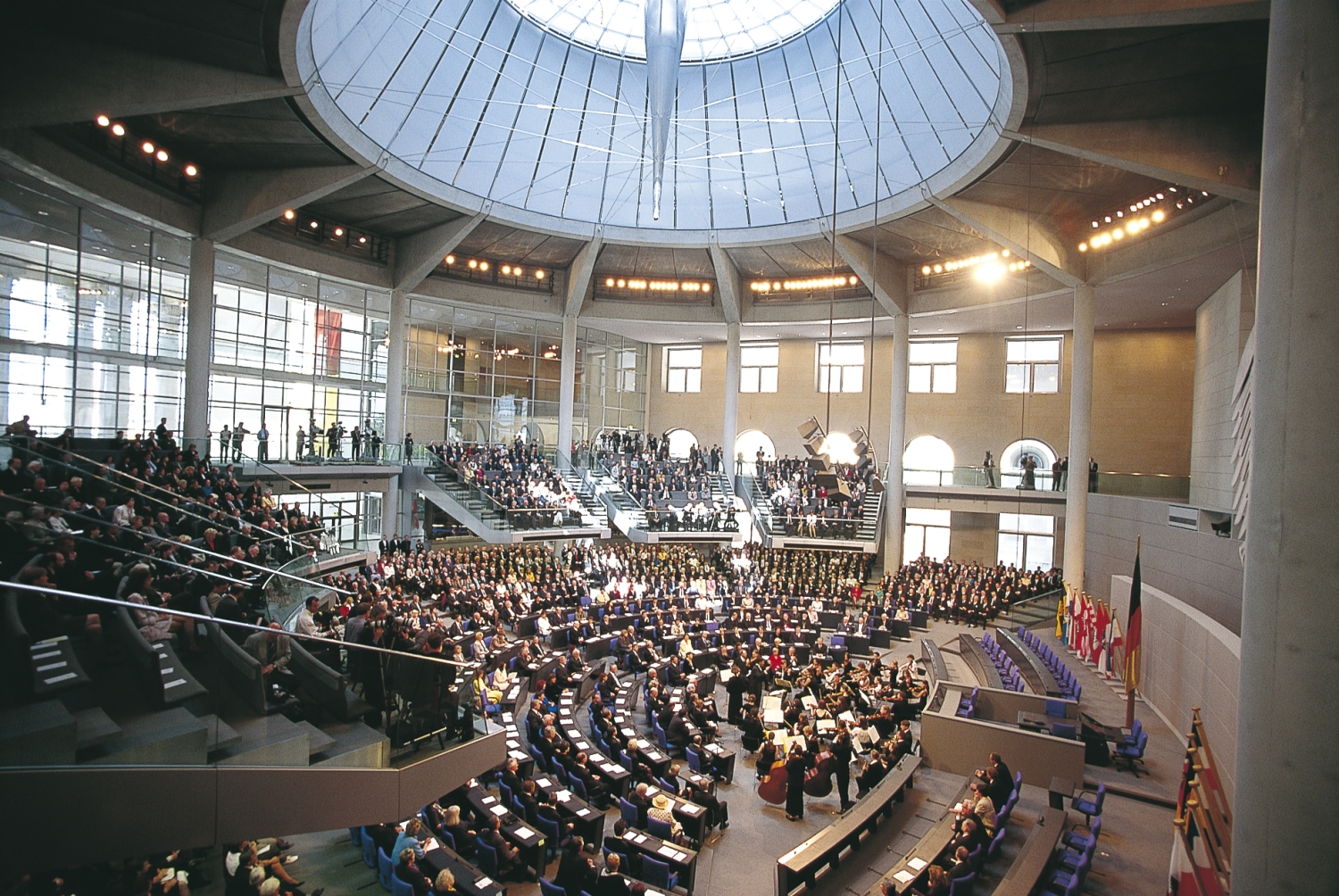 Reichstag, New German Parliament by Foster + Partners, Berlin, Germany, 1999
Reichstag, New German Parliament by Foster + Partners, Berlin, Germany, 1999
The ruined Neo-classical building of the German Parliament was restored and capped with a transparent dome to echo the values of clarity and transparency. The structure of the dome is visible from both inside and outside, so does the movement of visitors. Inside the dome, visitors’ view is guided by the reflective cone in the middle and down to the main meeting space below. Other than making the democratic process in the meeting room transparent, the glazing above the meeting room also invites natural light into the space.

 Swiss Re, 30 St Mary Axe by Foster + Partners, London, United Kingdom, 2004
Swiss Re, 30 St Mary Axe by Foster + Partners, London, United Kingdom, 2004
This office building of 41 stories has a distinctive appearance. The diagonal bracing visible from the façade vertically supports the building and requires no additional columns inside the building. The atria on each floor form continuous routes for air to circulate within the building while openings on the façade introduce fresh air into this circulation. By ventilating the space with the structure, Swiss Re aims to halve its energy consumed by air-conditioning.

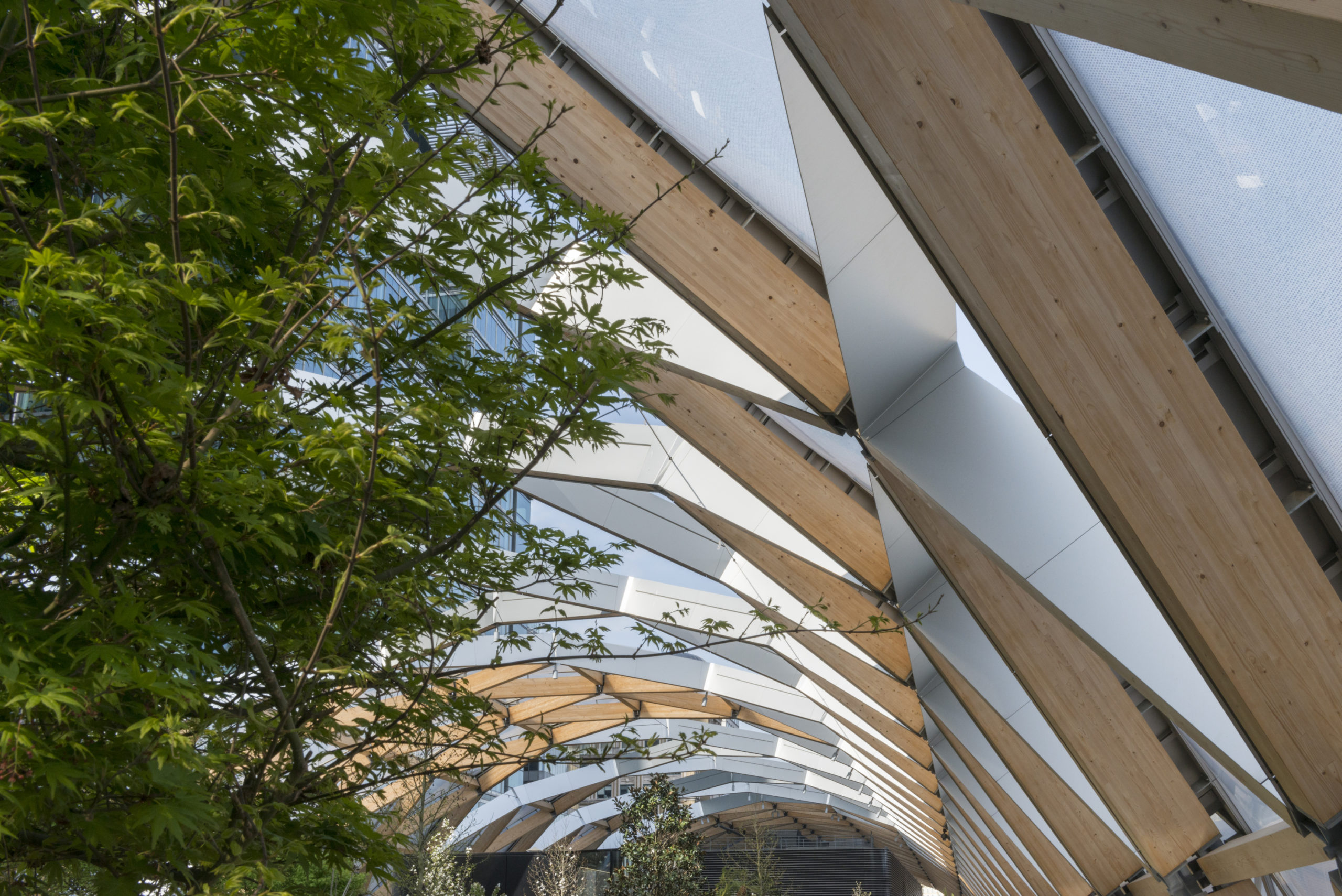 Canary Wharf Crossrail, London, United Kingdom, 2015
Canary Wharf Crossrail, London, United Kingdom, 2015
The recognizable roof of the Crossrail Place shelters the roof garden of the mixed-use commercial complex. The roof is braced in a similar pattern as the Swiss Re tower, but with different materials. Timber, considered a more sustainable material, is used as the beams which build up a smooth, circular form. Among the beams are air-filled ETFE cushions that shelter the garden, let light in and to some extent insulate the partially open space.
Renzo Piano Building Workshop

 California Academy of Sciences by Renzo Piano Building Workshop, San Francisco, CA, United States, 2008
California Academy of Sciences by Renzo Piano Building Workshop, San Francisco, CA, United States, 2008
Dramatically different from the typical sleek surface of High Tech buildings, the California Academy of Sciences has an undulating, furry green roof. The green roof consists of local drought-resistant species. It collects rainwater and helps keep the interior under comfortable temperatures. The edge of the roof is lined with glass panels that hold over 55,000 photovoltaic cells in them, generating energy while sheltering the space below.

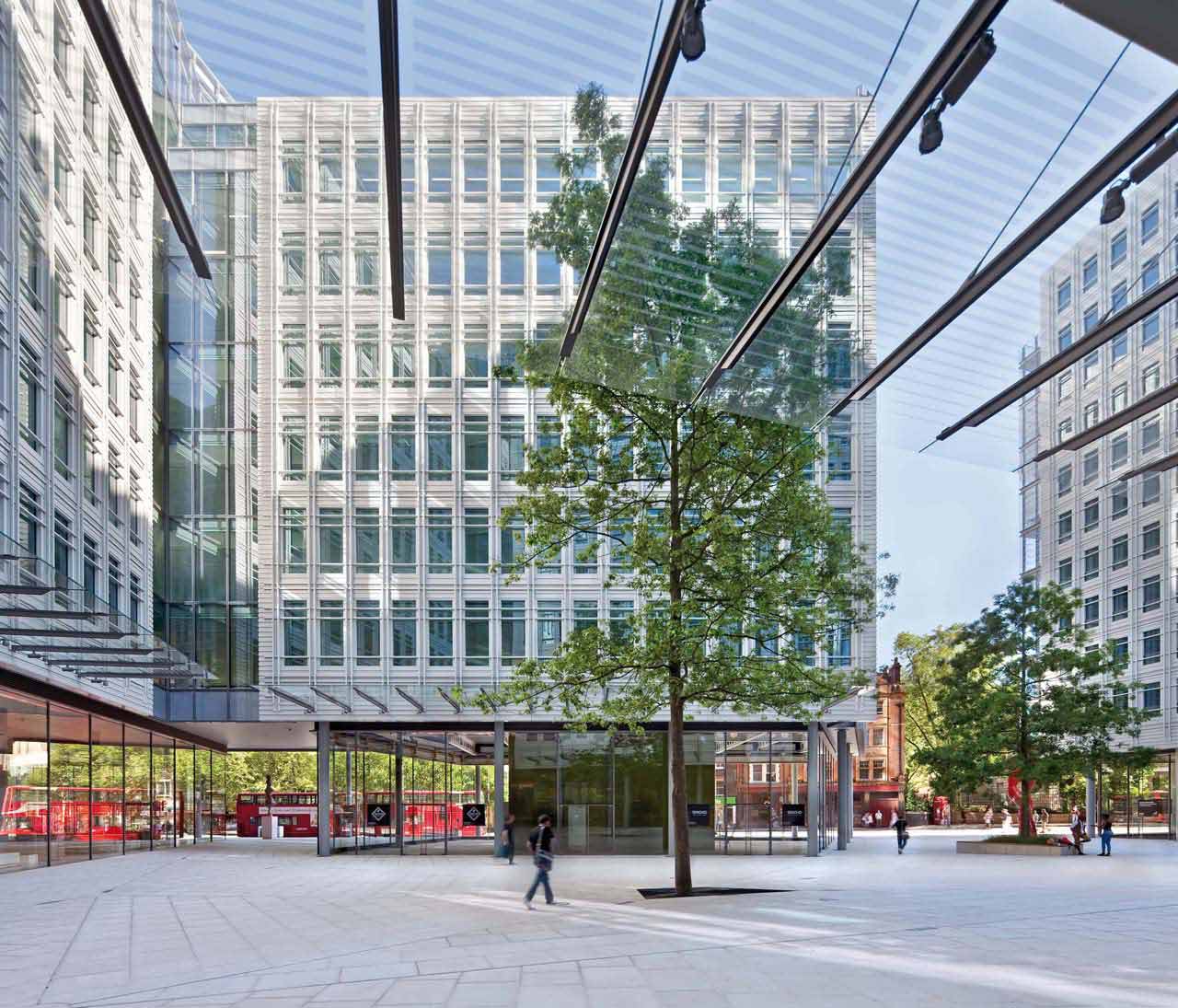 Central St. Giles Court by Renzo Piano Building Workshop, London, United Kingdom, 2010 (collaborated with Fletcher Priest Architects)
Central St. Giles Court by Renzo Piano Building Workshop, London, United Kingdom, 2010 (collaborated with Fletcher Priest Architects)
This mixed-use development stands out vibrantly from its surroundings with the iconic corrosion and frost resistance ceramic facades. The group of buildings have similarly rhythmic facades that grow into a holistic look, yet breaks between the buildings stop the whole development from being bulky while inviting people into the inner courtyard. The façades stop just above the ground floor ceiling, leaving only columns and glazing to make the buildings transparent at the street level.

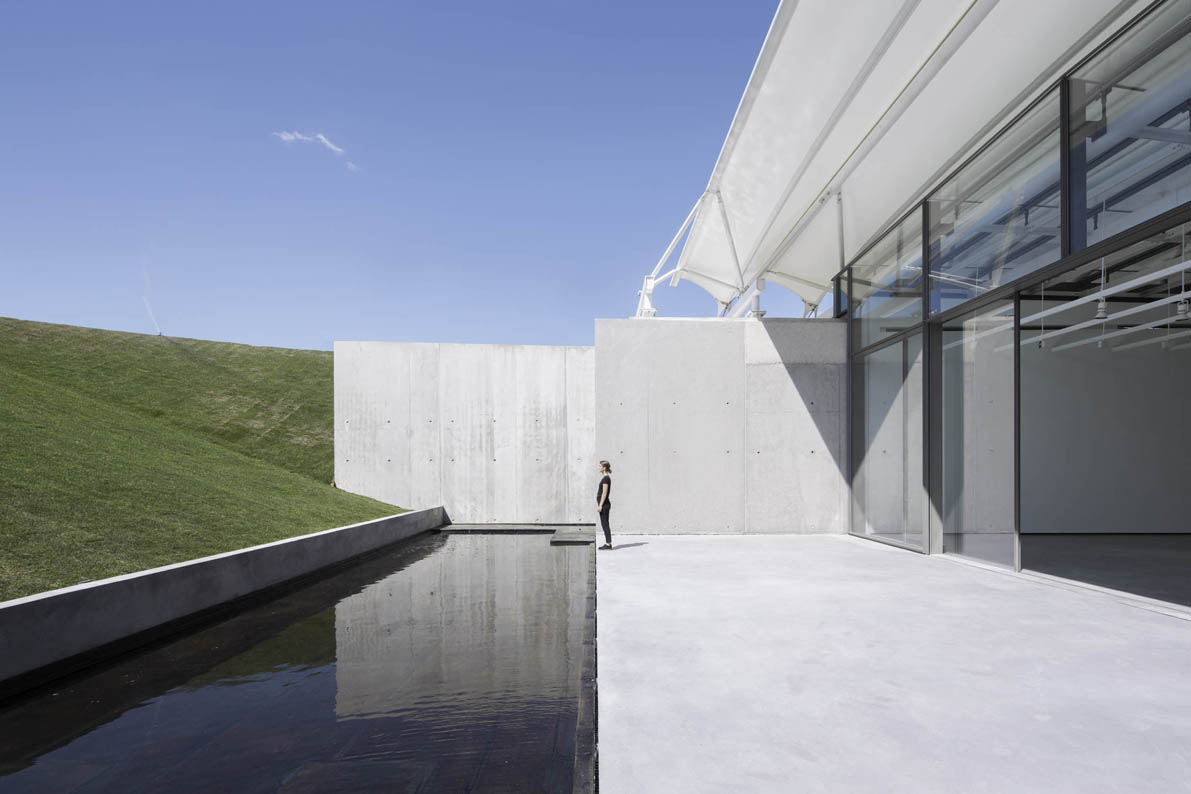 Château La Coste Art Gallery by Renzo Piano Building Workshop, Aix-en-Provence, France, 2017
Château La Coste Art Gallery by Renzo Piano Building Workshop, Aix-en-Provence, France, 2017
This building standing among grapevines is a combined scheme for both exhibition use and wine preserving. The white sail is fastened to the metal skeleton, going up and down following the pattern of the vineyard formed by lines of grapevines. Diffuse light penetrates the space defined by concrete walls and flooring, where the walls function as the exhibition walls and at the same time the retaining walls of this half-buried structure. The building possesses a neat industrial style that politely responds to the site.
Hopkins Architects
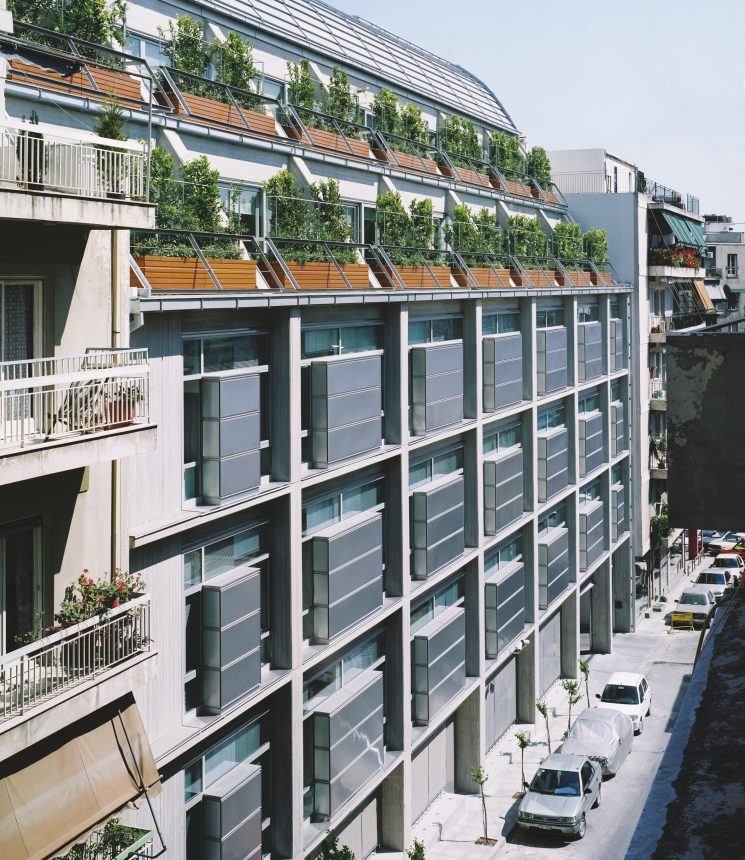
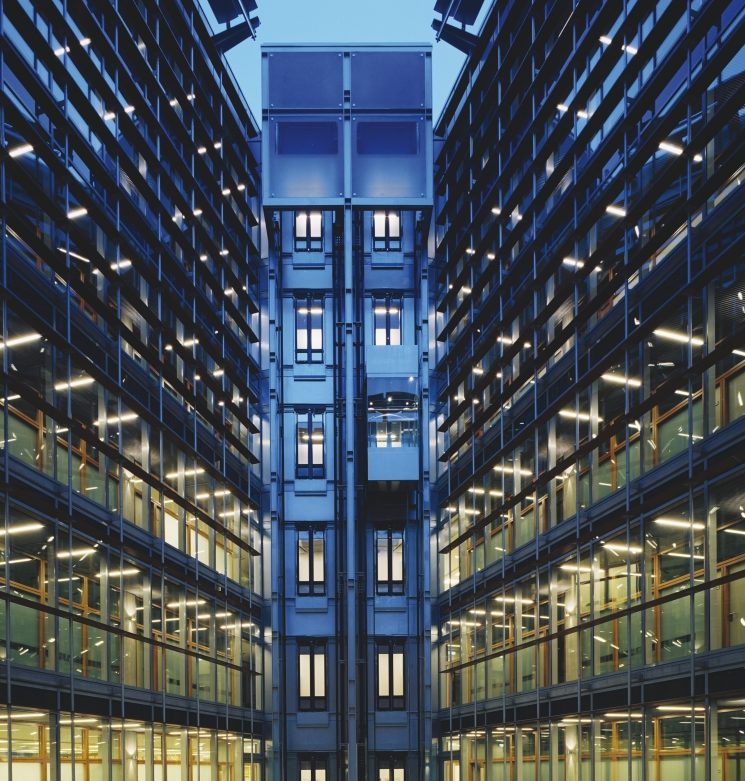 GEK Group Headquarters by Hopkins Architects, Athens, Greece, 2003
GEK Group Headquarters by Hopkins Architects, Athens, Greece, 2003
This office building built from steel, glass and concrete is classically High Tech, with structural components presented nearly in a performative way. The building’s two external elevations face respectively east and west therefore openings on the facades are kept small to avoid overheating in the rooms. Bookshelves stand against the facades to create a thermal buffer between the exterior and interior. Natural light comes into working areas from the atrium between the east and west wings.
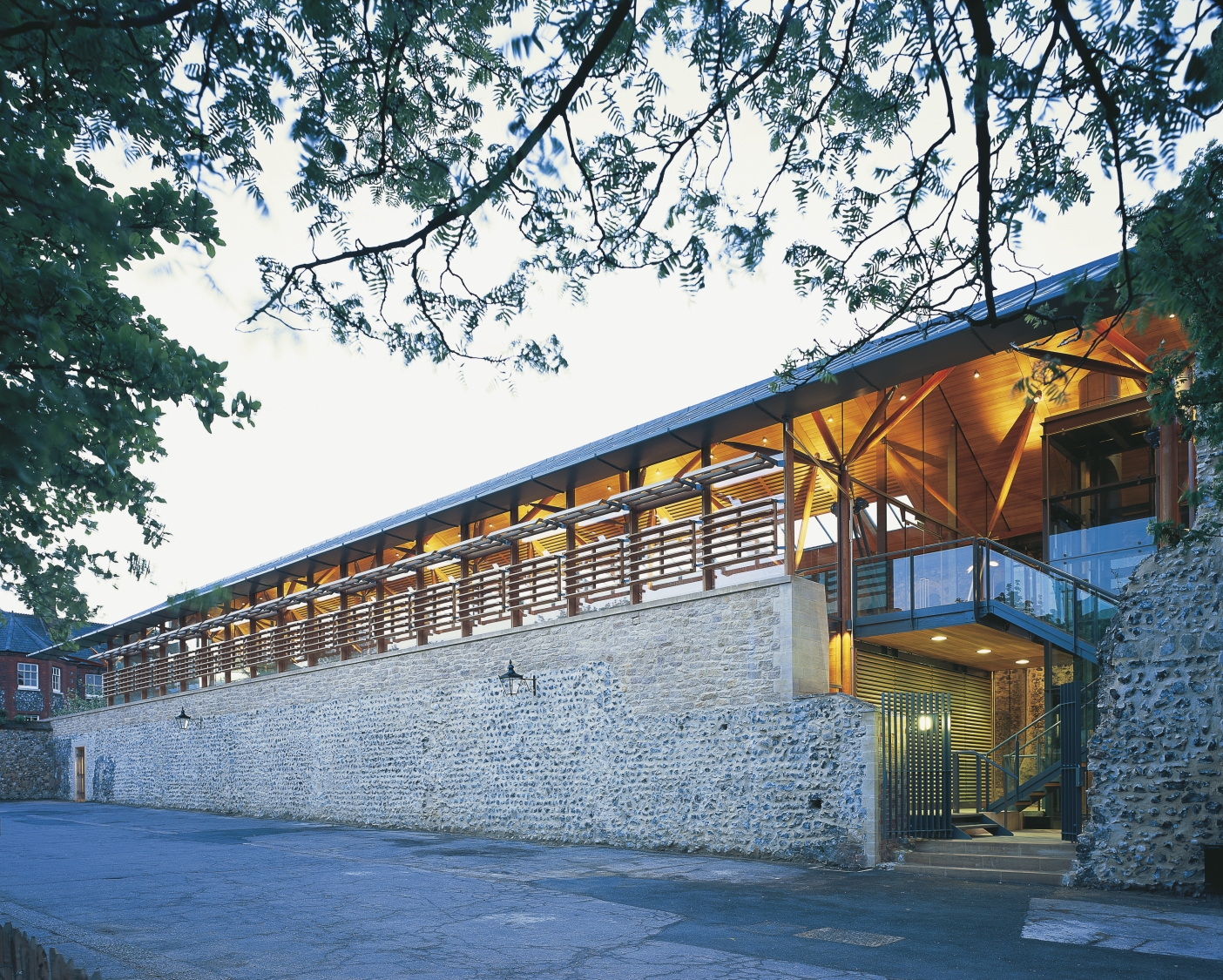
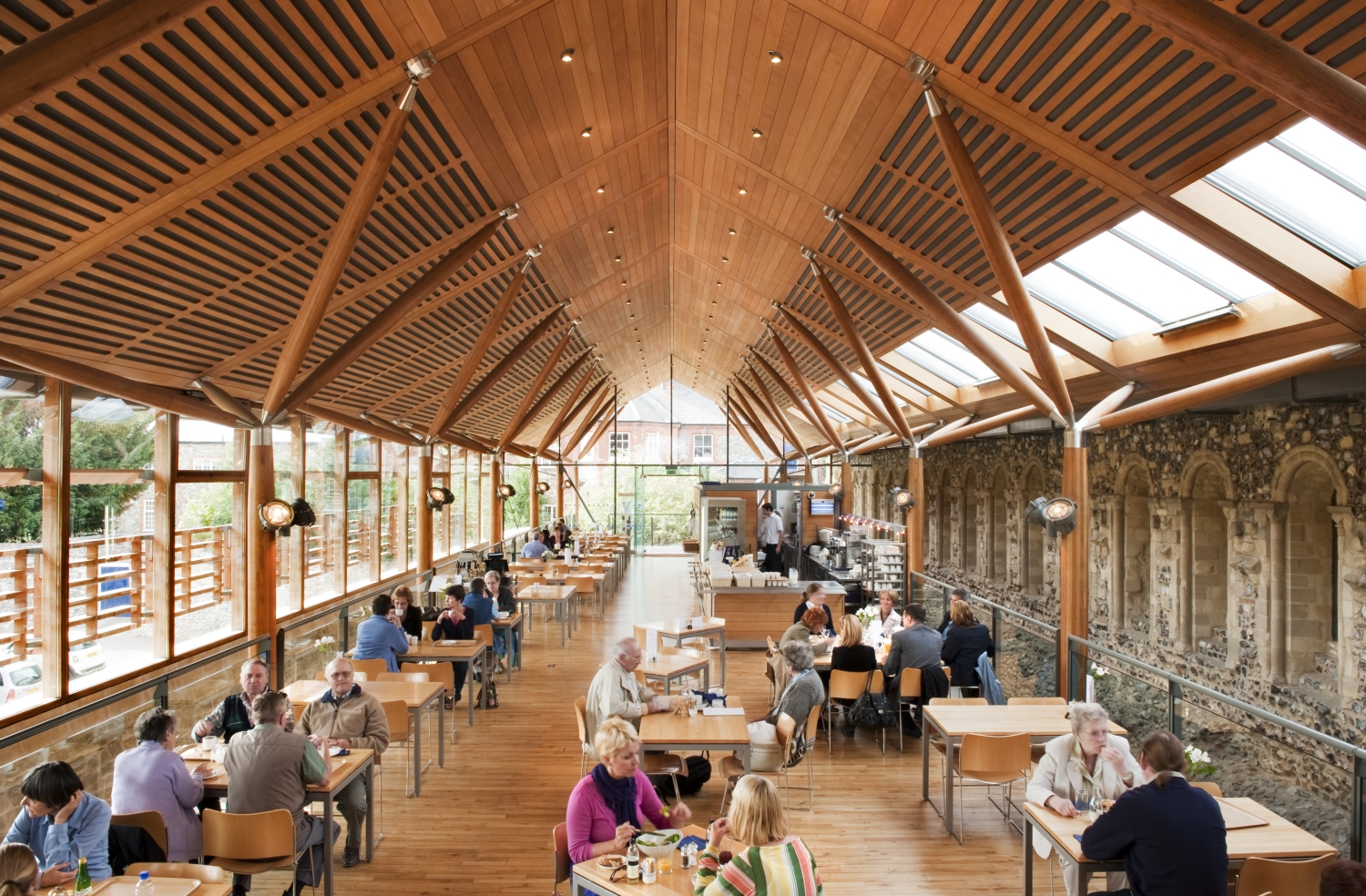 Norwich Cathedral Refectory by Hopkins Architects, Norwich, United Kingdom, 2004
Norwich Cathedral Refectory by Hopkins Architects, Norwich, United Kingdom, 2004
The Refectory is a lightweight, modern intervention situated on the historic site of Norwich Cathedral. Contrasting the heavy stone structure of the existing walls that remained from the original refectory, the airy timber roof softly landed on the site with nine pairs of oak columns. The structure is glazed at its two ends where natural lights come into the triple-height space while the space is already naturally lit from the sides. The seating area is made open and welcoming.
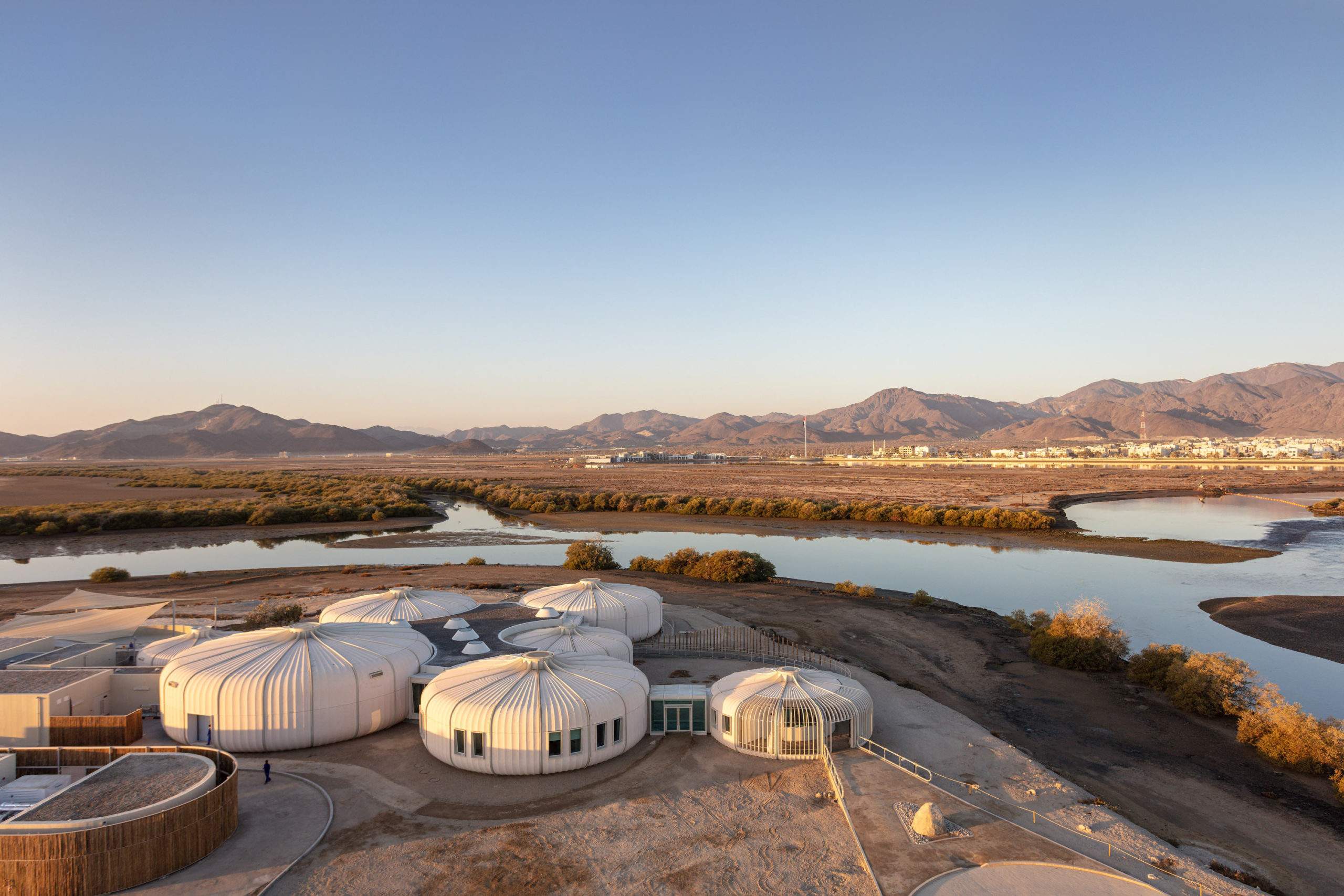
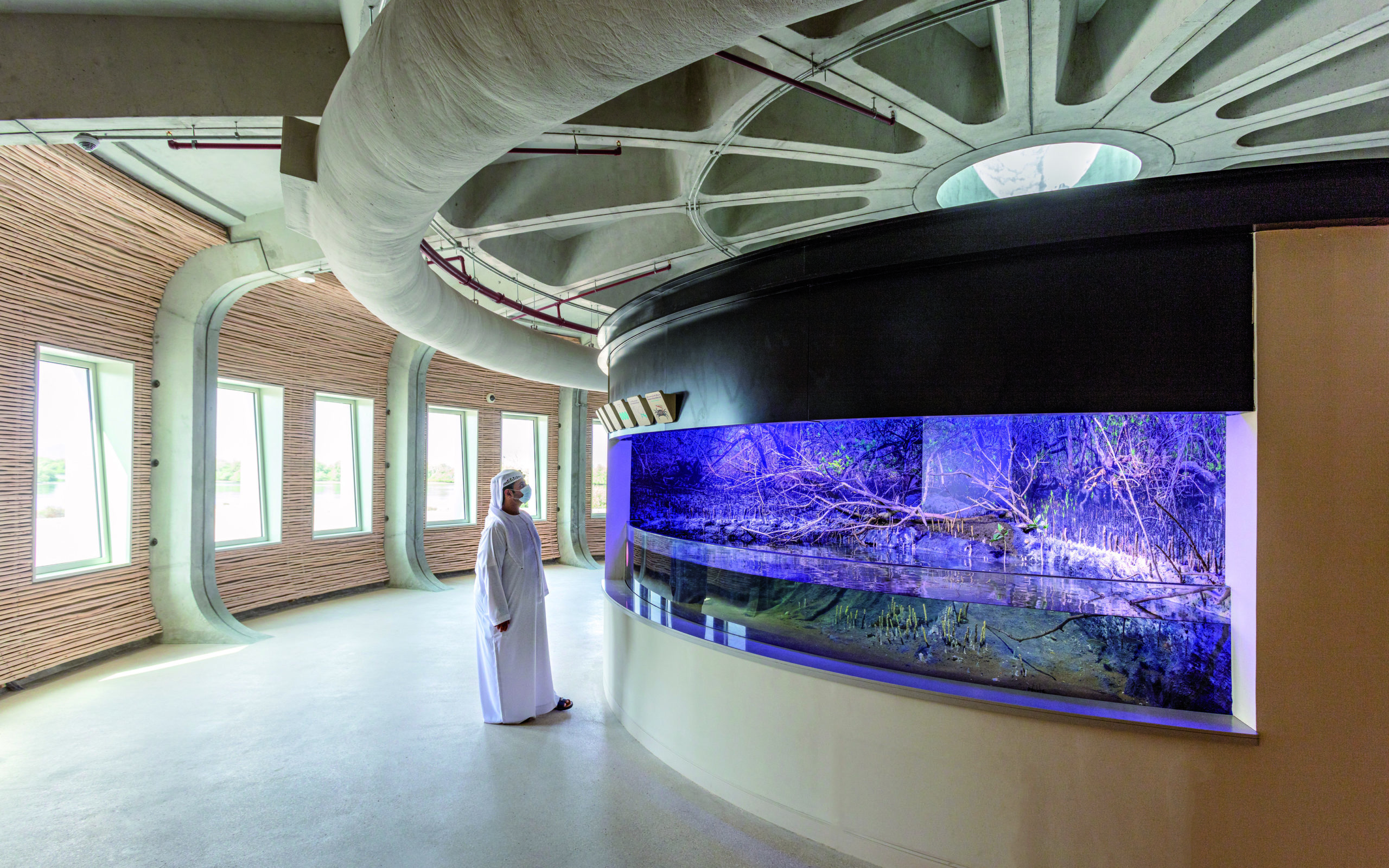 Khor Kalba Turtle and Wildlife Sanctuary by Hopkins Architects, Sharjah, United Arab Emirates, 2021
Khor Kalba Turtle and Wildlife Sanctuary by Hopkins Architects, Sharjah, United Arab Emirates, 2021
The project is situated in a nature reserve and serves both as a visitor center and an educational facility. The seven interconnected pods are composed of prefabricated concrete ribs and cladding segments, forming versatile, circular space within them. The material of large thermal mass keeps the interior sheltered and cool on the site exposed to intense sunlight. Meanwhile, prefabrication reduced the environmental impact of the construction process.
Architects: Want to have your project featured? Showcase your work through Architizer and sign up for our inspirational newsletters.





 California Academy of Sciences
California Academy of Sciences  Canary Wharf Crossrail
Canary Wharf Crossrail  Central St. Giles Court
Central St. Giles Court  Château La Coste Art Gallery
Château La Coste Art Gallery  GEK Group Headquarters
GEK Group Headquarters  Norwich Cathedral Refectory
Norwich Cathedral Refectory  Reichstag, New German Parliament
Reichstag, New German Parliament  Swiss Re, 30 St Mary Axe
Swiss Re, 30 St Mary Axe 